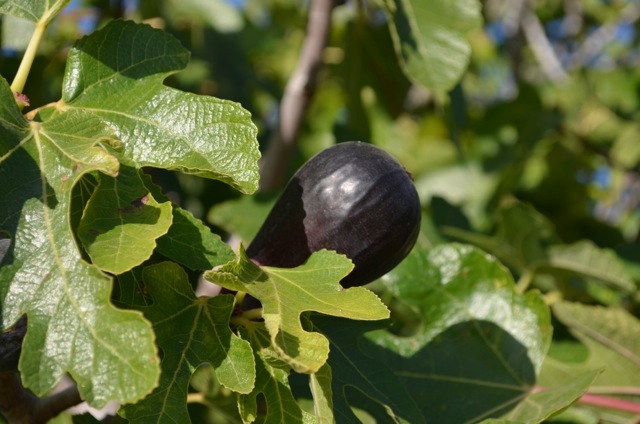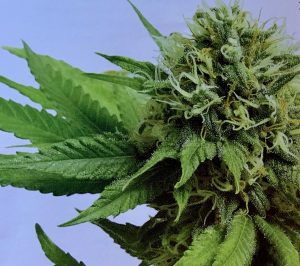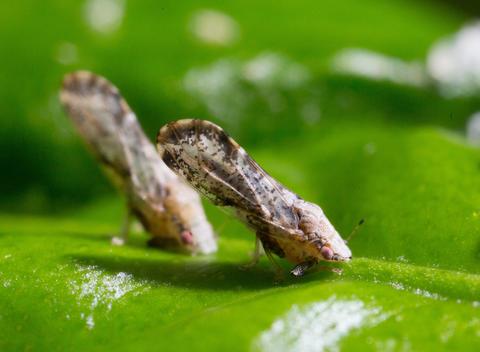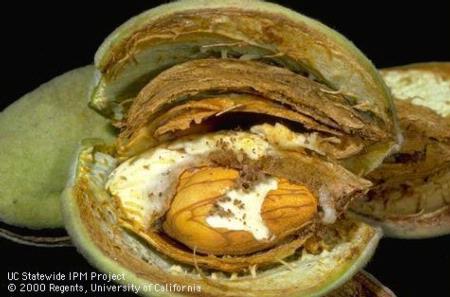2021 CALIFORNIA FIG HARVEST UNDERWAY
Demand for California Figs Continues to Rise
According to the California Fresh Fig Growers Association, California’s Fresh Fig season started in May and will continue through November. This year’s first crop was plump and plentiful though rainfall was sparce. Subsequent crops are expected to be just as beautiful and delicious. Sustainable farming practices ensure trees are healthy and producing delicious fruit even through drought years.
“California’s dedicated fig farmers have been good stewards of the land for generations which means we can all look forward to terrific fruit again this year,” says Karla Stockli, Chief Executive Office of the California Fresh Fig Growers Association. “The health of our California Fig trees is a year-round priority, which is why we can confidently deliver fresh figs seasonally and dried figs year round.”
In California, there are five primary varieties of fresh figs:
- Mission. Purple and black skin with deep earthy flavor.
- Kadota. Creamy amber skin with a light flavor.
- Brown Turkey. Light purple to black skin with robust flavor.
- Sierra. Light-colored skin with a fresh, sweet flavor.
- Tiger. Light yellow color with unique dark green stripes and a bright red-purple interior fruit with fruity, raspberry, citrus flavor.
The California Fig industry has seen a rise in the popularity of both fresh and dried figs. Ever since Firmenich, a global flavor and fragrance company, designated 2018 “The Year of the Fig” crediting a growth in the number of products containing figs and fig flavors worldwide, growth in figs and fig flavored products have continued to rise due to its unique flavor and nutrition benefits.
Stockli adds, “Figs are an ancient fruit with a modern appeal. New generations are discovering the wonderful flavor of figs while reaping significant nutrition benefits. Seeking out California Figs ensures they’re always enjoying the highest quality in the world.”
Worldwide demand for California Figs can also be credited to the California Fig industry’s marketing efforts. The industry, which produces an average of 10 million pounds of fresh figs and 8,000 tons of dried figs annually, is small compared to many California agriculture industries. The California Fig industry relies heavily on government grants to maintain a robust marketing plan domestically and globally.
“We are grateful for Specialty Crop Block Grant Program (SCBGP) and Market Access Program (MAP) funds and continue to see huge value,” says Kevin Herman, third-generation fig grower and president of the California Fresh Fig Growers Association. “We are planting more trees and testing new varieties because of our marketing efforts and increase in demand. It’s an exciting time for the industry!”
In recent years, just to name a few efforts, the California Fig industry has produced its own cookbook, partnered with celebrity chef Robert Del Grande and celebrity fitness trainer Valerie Waters, developed new branding and digital assets, relaunched Facebook, Instagram, Pinterest, Twitter and YouTube channels, funded new research, and enlisted blogger and dietitian influencers to develop recipes, post content, and conduct media on the industry’s behalf.
To announce this year’s fresh fig season domestically, the industry commissioned a consumer survey through OnePoll to demonstrate the popularity of fresh figs in social media. Results will be released with a custom infographic in early August. California Fresh Figs will also be featured in a digital advertising campaign targeting key markets and in a nationally distributed lifestyle TV segment airing August 5 on “Daytime” and August 14 on “The Lifestyle List.” The industry will round out its fresh marketing efforts in 2021 with deliveries to media and nutrition influencers across the country.
Canada is the California Fig industry’s #1 export market, with nearly 50% of the fresh crop crossing over the border annually. Recent marketing efforts have primarily focused on digital communications with an emphasis on social media advertising. 2021 marketing efforts include an advertorial in LCBO’s popular digital and print publication Food & Drink magazine, recipe development, new photography and graphics, influencer outreach, social media advertising, and a partnership with The Feedfeed, a food and drink discovery platform, to host an Instagram Live featuring a demonstration on how to create a California Figs Charcuterie.
For more information, visit californiafigs.com.





















